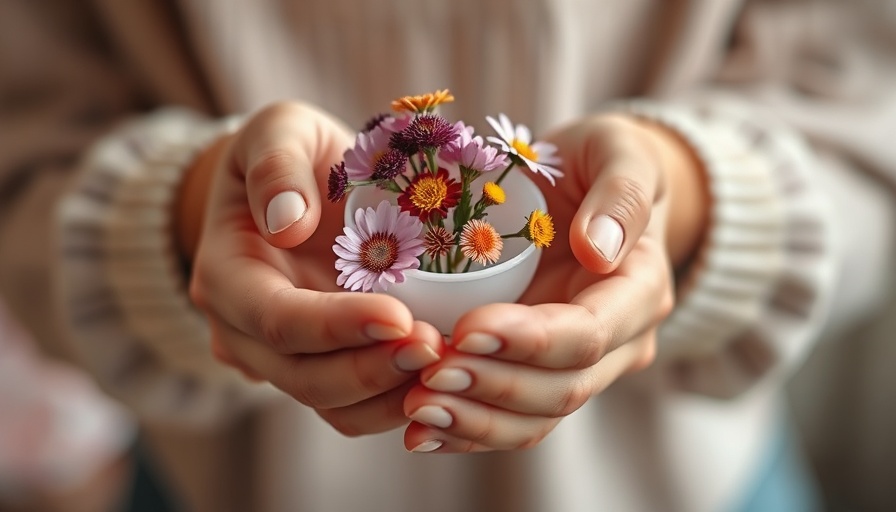
Unveiling the Gut-Hormone Connection
Understanding the intricate relationship between digestion and hormonal health is essential, particularly for those navigating the challenges of menopause. While hormonal balance often takes center stage in wellness discussions, the digestive system deserves equal attention. The processes within our gut can significantly affect hormonal regulation, influencing everything from mood to physical discomfort.
The Role of Gut Microbiota in Hormonal Balance
Did you know that a collection of gut bacteria known as the estrobolome plays a crucial role in processing estrogen? This microbial community ensures that estrogen levels remain stable, which is key for maintaining health during the menopausal transition. Disruption to these bacteria can lead to hormonal imbalances and amplify symptoms such as mood swings and bloating. Therefore, supporting a healthy gut microbiome is fundamental for alleviating these distressing symptoms.
The Impact of Hydration on Gut Health
Hydration should be emphasized more when discussing digestive health. Adequate water intake not only aids digestion but also helps transport essential nutrients and hormones throughout the body. Incorporating hydrating foods like cucumbers and leafy greens into the diet further supports digestive efficiency and gut health. These foods provide fiber, which is vital for sustaining a robust microbiome.
Why Eating Fermented Foods Matters
Fermented foods offer significant benefits for gut health. Items like yogurt, kefir, and kimchi introduce probiotics that support microbial diversity, which is directly linked to hormone regulation. An optimal balance of bacteria helps clear excess estrogen from the body, reducing the risk of dominant hormone levels that can lead to discomfort. Including fiber-rich vegetables that nourish beneficial bacteria helps maintain this critical balance.
Understanding the Gut-Brain Axis
The gut-brain axis highlights the profound connection between our digestive and nervous systems. Emotional and physical stress can disrupt this connection, leading to poorer digestive health and intensified menopausal symptoms. By incorporating relaxation techniques such as meditation and mindfulness, individuals can help restore this harmony, positively contributing to both gut and hormonal health.
Making Lifestyle Adjustments for Better Health
Small changes in one’s lifestyle can create a substantial impact on digestive and hormonal health. Steering clear of highly processed foods and limiting alcohol intake helps minimize stress on the digestive system. Natural herbs like fennel and peppermint can alleviate common digestive issues, providing additional support during menopause.
Conclusion: Emphasizing a Holistic Approach
For ambitious concierge medical practice owners, recognizing the essential connection between digestion and hormonal health can enhance their practice’s appeal and patient outcomes. By integrating these insights into patient care, practices can provide a more comprehensive approach to wellness, addressing the multifaceted needs of individuals undergoing hormonal changes. The takeaway here is clear: a well-functioning digestive system is crucial for maintaining hormonal balance, providing fertile ground for health and happiness in patients.
 Add Row
Add Row  Add
Add 




Write A Comment